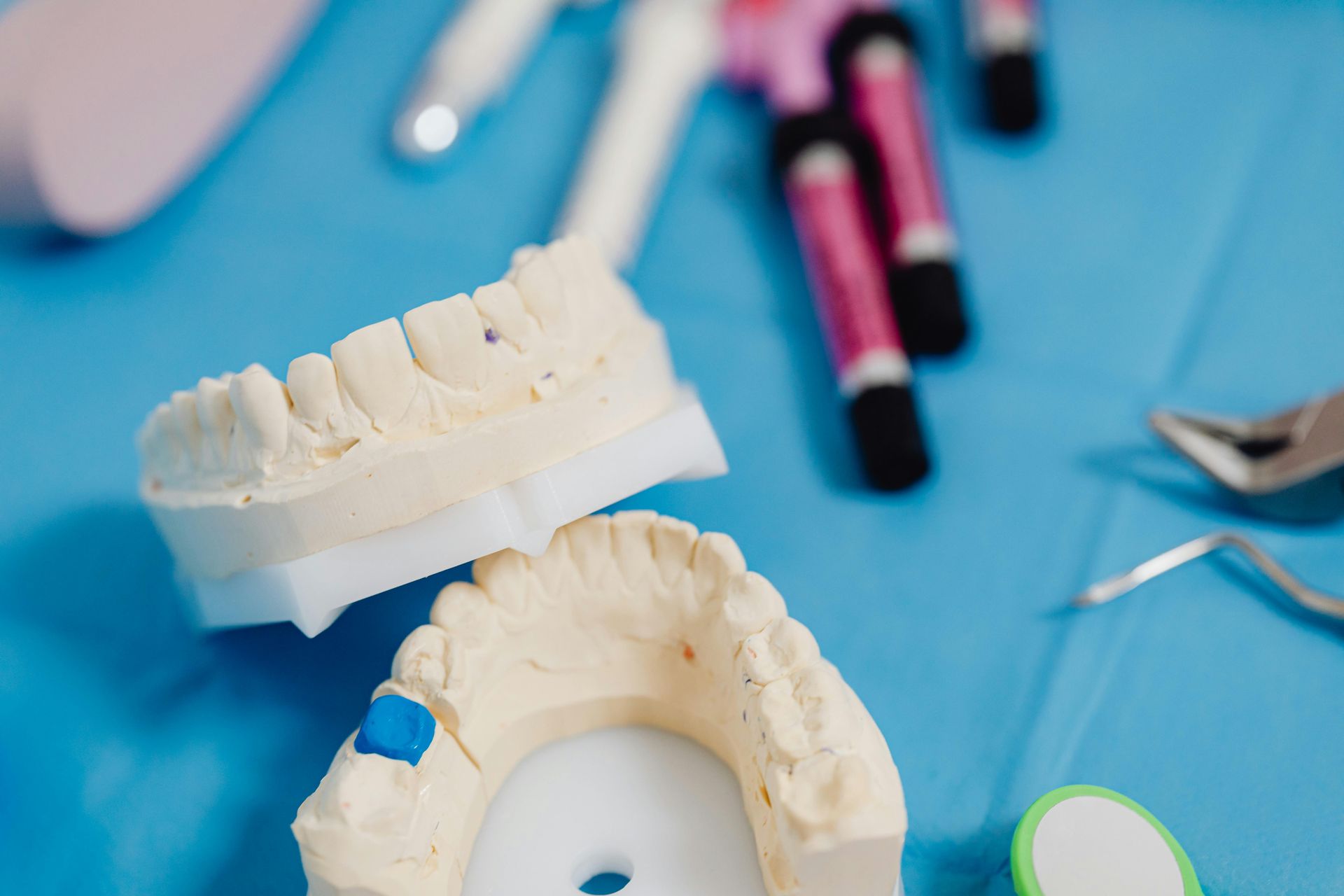Why Do You Need A Periodontist?
Why Not Choose a General Dentist?
General dentists are trained to diagnose and treat a wide range of oral health issues, but their expertise is often limited when it comes to advanced gum disease or surgical procedures involving the gums or jawbone. Here’s why:
- Limited training in gum-related conditions:
General dentists receive basic periodontal education, but they’re not extensively trained in complex gum disease treatment or surgical techniques.
- Early referral improves outcomes:
Delaying referral to a periodontist can sometimes lead to the progression of disease and more invasive treatments down the road.
- Specialized equipment and skills:
Periodontists use advanced tools and techniques — such as laser therapy, bone grafting, and microsurgery — that may not be available in a general practice.
Reasons to Choose a Periodontist
Choosing a periodontist ensures that you’re getting care from a dental specialist with advanced training in the prevention, diagnosis, and treatment of periodontal disease. Here’s what sets them apart:
- Expertise in gum disease treatment:
Periodontists are trained to manage all stages of gum disease, from mild gingivitis to advanced periodontitis.
- Dental implant specialists:
They are also the go-to professionals for placing and maintaining dental implants.
- Advanced surgical training:
From gum grafts to bone regeneration, periodontists are trained in procedures that restore oral structures and protect your teeth for the long term.
- Focus on long-term oral health:
A periodontist’s goal is not just to fix problems but to preserve the foundation of your smile for life.
What Does a Periodontist do?
A periodontist specializes in the care and treatment of the soft and hard tissues that support your teeth. Services commonly offered include:
- Treatment for gum disease:
Deep cleanings (scaling and root planing), antibiotic therapy, and surgical procedures to stop and reverse gum disease.
- Gum recession correction:
Gum grafting to restore lost tissue and protect tooth roots.
- Dental implant placement:
Replacing missing teeth with implants that function like natural teeth.
- Bone grafting and regenerative procedures:
Strengthening jawbone for implant placement or reversing bone loss due to gum disease.
- Cosmetic periodontal procedures:
Improving the aesthetics of your gum line for a more balanced smile.



